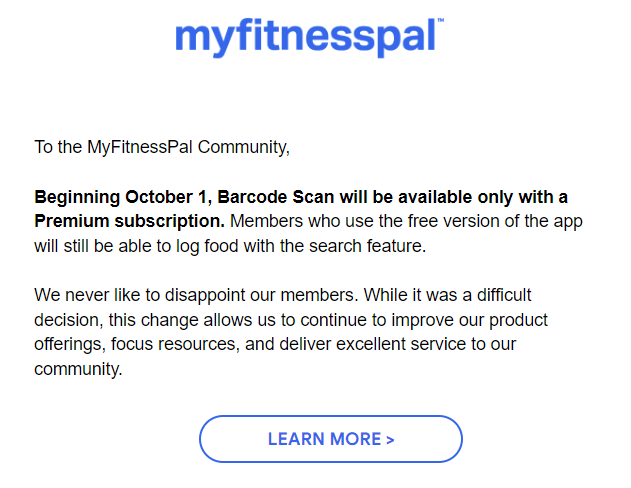Humans, by and large, feel good when they set small goals and meet
them regularly. – Camille Fournier, The Manager’s Path Shipping motivates software teams. So it’s understandable for a team’s morale to suffer when delivery
drags. Getting the team pushing software they’re proud of is the only cure.
It might be a slog to get there, but it’s possible if the team works
together and the manager recognizes the unique role they play. As a manager, your obligation is to identify the correct system
solution – Will Larson, An Elegant Puzzle In his book An
Elegant Puzzle: Systems of Engineering Management, Will Larson
distinguishes between system fixes vs. tactical support
for engineering teams. System fixes are large-scale interventions: hiring, changing the
team’s goals, and changing deadlines. And, typically, engineering managers are the only people
empowered to employ system fixes. In contrast, tactical support is a smaller-scale intervention like
changing code review guidelines. The real job of an engineering manager is to identify the
correct system fix and keep the faith of the team. The system fix for a code delivery problem is simple (but not easy):
do fewer projects. If you’re unable to drop your existing projects, you artificially do
fewer projects—you limit your work in progress. The menu of system fixes Larson offers are: Limiting parallel work gets people working together on what’s
essential. Oversimplifying outrageously, we state Brooks’s Law: Adding manpower
to a late software project makes it later. – Fred Brooks, The Mythical Man-Month The primary objection to limiting work in progress is Brooks’s
Law—adding people slows down projects. And although managers may odiously refer to people as “resources,”
people are not interchangeable. It takes time for a new
person to become productive on a new project. But system fixes are long-term. This isn’t the way to quickly deliver on a late project or instantly
gel your team and boost morale. Most of these interventions will be
disruptive and painful in the short term. And your team needs to have trust to implement
them. That’s why it’s so essential, tactically, to keep the faith of your
team. As a manager, you must collaborate with your team to identify
crucial work. You should provide tactical support for your team’s ideas while you
let the system fix work its magic. Thanks to Brennen Bearnes for
reading an early draft of this post and making it marginally less
awful. The purpose of a system is what it does. –Stafford Beer, What is
Cybernetics Yet another Software as a Service (SaaS) is hawking my own data back
to me. The nutrition tracker MyFitnessPal announced it’ll now cost $80/yr to
scan barcodes—a service powered by a database crowdsourced from its dumb
users (like me!). But it’s ok—this is yet another software as a service (SaaS) company
fulfilling its ultimate purpose: selling out its users. So what does a SaaS company do? The typical lifecycle seems to
be: Management cyberneticist and author Stafford Beer coined the phrase,
“The purpose of a system is what it does” (POSIWID)
to describe a system that may be at odds with its stated purpose. A SaaS company is a system built to extract and sell user
data. This is as natural as a lion taking down an antelope: no malice, just
the way things are. And there is a lot of value created along the
way: But that’s the deal: the only things that outlive the SaaS are the
wealth created from the sale of user data and the user data itself. It is beyond the scope of anyone’s imagination to create a
community. – Jane Jacobs, The
Death and Life of Great America Cities For a SaaS to harvest my data, it has to convince me I’m part of a
community. Weather Underground did this well. The Weather
Underground attracted a devoted group of nerds (like me!) to its
“Personal Weather Station” (PWS) network. We bought our own weather stations and supplied the Weather
Underground with data for free. And later, the SaaS model did what it always does. Weather
Underground sold
to IBM and announced
that to “enhance the relationship” with its users: you had to
buy your own data back from them. Now I am among the ham nerds sending data to the Citizen Weather
Observer Program (CWOP)
Instead of being widely shared, the pattern languages which determine
how a town gets made become specialized and private. – Christopher Alexander, The
Timeless Way of Building Maybe I’m näivé, but I believe many SaaS founders and employees enjoy
solving problems for their users. And maybe they believe scaling up (by
selling out) will ultimately help users. But we could change this. Instead of selling out their users, SaaS companies could opt to
become lifestyle businesses. We could celebrate companies who avoid endless scaling and instead
focus on keeping their products working and their users happy. Examples I can think of SaaS companies who care about their
users: Plenty of folk dream of opening a little bookstore or a quaint coffee
shop—the kind with a lazy cat. Why not a cozy website? Seems viable. It
could even have a lazy cat.
🛠️ Managers get to make system fixes

⛔ Limit work in progress
🤦 Don’t mistake people for “resources”


The purpose of a system is what it does

Community is how they get you
¯\_(ツ)_/¯.Software as a Service as a lifestyle business
Posted
Posted